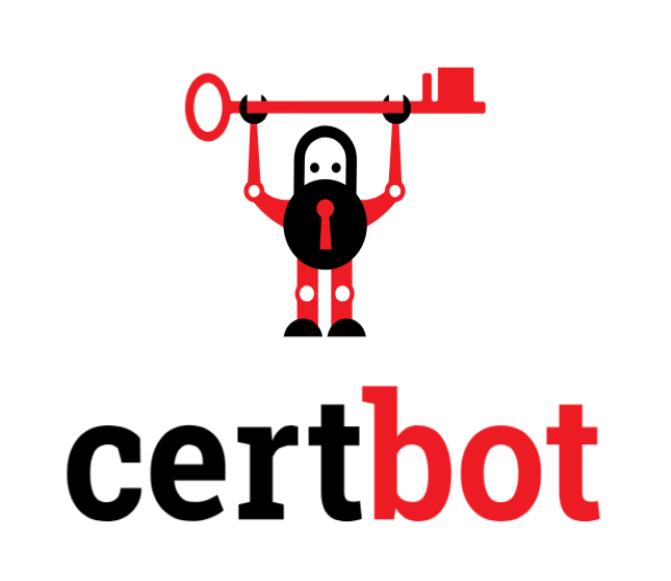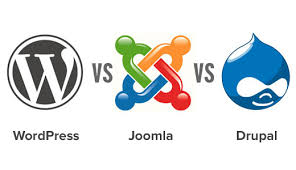A Handy Guide to Creating Your Small Business’s First Website
Whilst social media platforms such as Facebook, Linked In and Twitter may appear to have monopolised the internet over the past few years (and it is vitally important that your business has a defined presence on these platforms) there is no way either can compare to your own bespoke website. On a purely aesthetic level the customisation options available when building your own website allow your site to reflect the personality of you and your business, without compromise, which would just not be possible with most social media platforms, even wildly flexible platforms such as WordPress. It will also be difficult for potential consumers to take your business seriously if you don’t have your own website. Appearances matter and a smart, logical and attractive website could really help your business stand out from the herd, so when you’re setting up your first small business, the website should be one of the first things you consider. It doesn’t just need to be a promotional tool either; it can be so much more. In fact, you might not need any physical presence at-all, as long as your web presence is solid. Imagine that, running your own business, at your own pace and in your own hours, from your own home. What could possibly be more a more desirable profession than that?
Free Hosting Platforms
Hiring a skilled website designer who is not only well versed in the specific internet coding language many of us might find about as legible as ancient Egyptian, but will build a site to your exacting demands, is obviously an option that will appeal to those with bottomless bank balances. It can be an incredibly lengthy and expensive process though, so until your business gains some real traction it might be a good idea to use a free hosting platform as a base from which to launch your business. Popular platforms like Tumblr and WordPress exist for this very purpose and are both wealthy with a surprising amount of deep customisation options. Of course, you’ll never be able to build the site of your dreams with one of these tools, but they are perfect ‘starter’ sites for first timers. A good middle ground would be a service such as Wix, but to use the premium features of such a service you’d end up spending almost as much as you would for a good bespoke designer.
Money Terms
These states measure how effectively your site traffic translates into sales. You’ll be able to use them to track which search terms lead to sales, giving you all the information you’ll need to effectively streamline your online marketing.
Marketing
Building your website and uploading your content is only really a tiny percentage of the battle. The main bulk of the work will come through marketing, which you can approach in a variety of ways. Obviously you’ll need a decent presence on the major search engines and to really compete with the big boys you’re going to need to employ SEO (Search Engine Optimisation) practices. Undertaking an SEO campaign can be complicated and costly, but the results should speak for themselves as long as you choose the right firm to work with. Conversely, you could try boosting your site ranking yourself by creating keyword links and there’s also the option of hiring affiliate marketers to help you ply your wares. Whichever route you choose to go down though it should definitely be bolstered by social networking. You might turn your nose up at Facebook and Twitter, but they are free sites used by almost everyone with an internet connection so they are not markets you should be snubbing. The key to marketing an online business is integration. Make sure all of your marketing tools are selling the same message with the same personality and all have links to one another and you should see results build over time. To learn more about how to effectively market your business’s site, WebWithit teaches you how to build business through tips and tricks from some of the most respected entrepreneurs in the business. Also WebWithit teaches you how to build website revenue by using affiliate marketing programs, Google Adwords and more.
Design
If you decide to forego the professional option and design your own site, then first off, well done! Going the DIY route shows real commitment and passion and in all honesty, website design is not rocket science as long as you understand the basics. There are numerous online tutorials available to help beginners get to grips with the nuts and bolts of the practice, and modern software programs will take much of the guesswork out of the equation. The design will be all up to you though, and with your website design, the primary factors that will need to be taken into consideration are its impact and functionality. Functionality is particularly important as you could have the most impressive website in the world, but if nobody can navigate it, then it’s nothing more than an expensive screensaver. As a small business, you’ll probably lack the funds and resources of ‘the big boys’, but sometimes simple, effective elegance can win out over flashy, incomprehensible sites. High definition videos and complicated images could make your site inaccessible for users with slower broadband connections, and remember that a large percentage of traffic these days will come through mobile phones and tablets so keeping your site simple will mean they are more likely to be compatible with mobile operating systems. Above all else you need to make an emotional connection with your audience, and you can do this by using attractive fonts, clear, confident content and a few striking images. No more, no less.
About the author:
George Brandon started his own online business 3 years ago. It has recently reached a point where he can quite confidently call himself a ‘success’ and works from the office room of his beautiful 3 bedroom home.





Great guide for the new website builders. I must add some other tips for the sake of the new entrepreneurs and affiliate marketers. First of all web designing is not a rocket science but in order to create a website with good design you need some good skill in web designing and development. If you are new at this then it is good to have some advice from a professional web developer before you start such project. I remember when i first started web designing i often get help from a website named revglue to correct my website design mistakes. they are good and offer it for free so if you want to check what they are offering in affiliate cms web design check revglue(dot)com/bespoke . Any how good web design and content is essential when you are promoting your business or try to sell others product on your website. These two qualities on your website will let the visitors stick to read what you are offering on your website. Good quality content is the key to generate loyal audience for your website.
But don’t forget – planning and researching a project (or business opportunity) thoroughly before starting is a crucial part of succeeding.
With Fb, you’re going to get visitors and the tools
you need in an effort to promote whatever you need
to promote. (3) Apply the power of the Internet to see where money is being spent right
now in those areas.